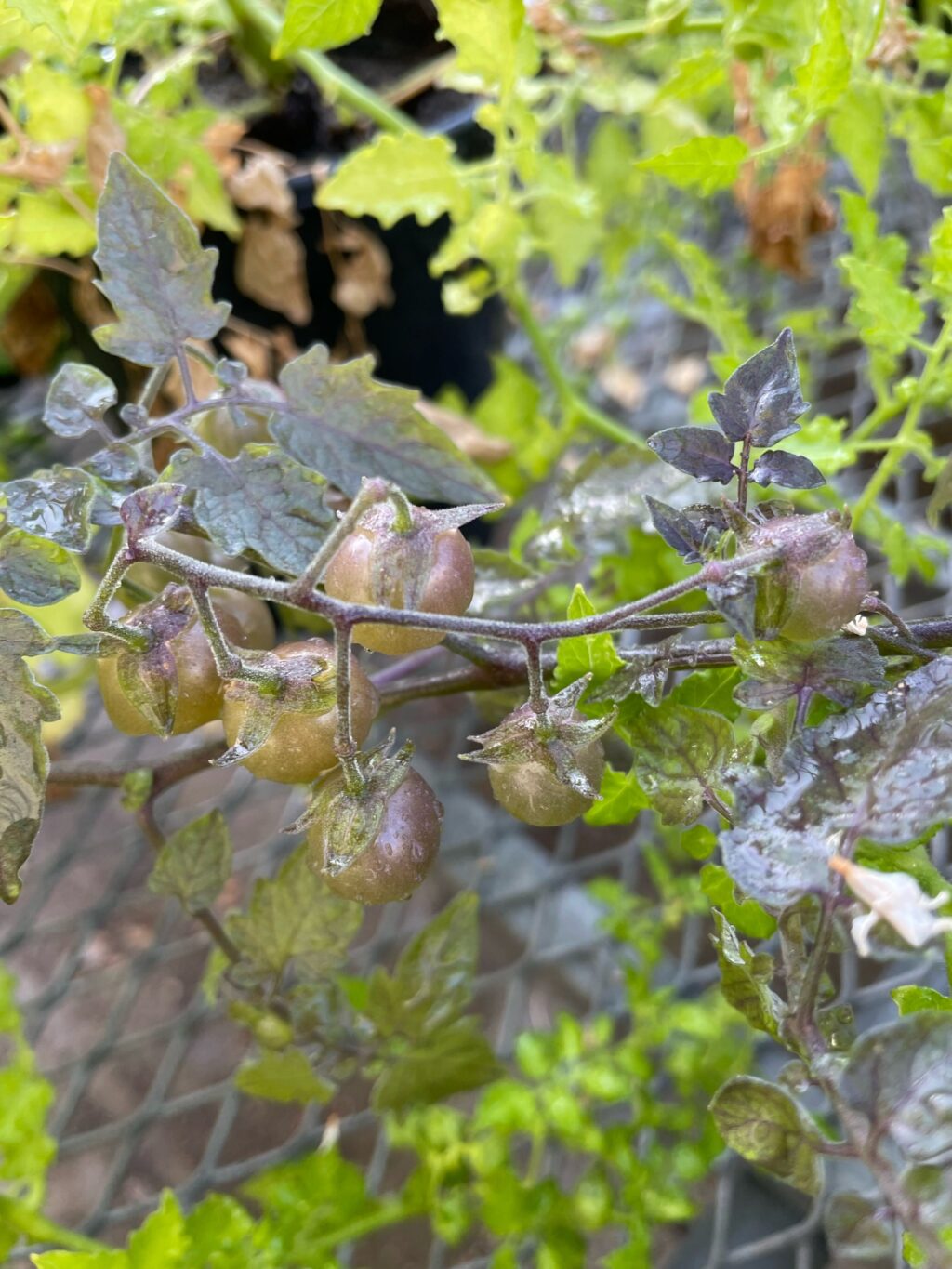
GALÁPAGOS ISLANDS – In a surprising twist of nature, wild-growing tomatoes on the Galápagos Islands are exhibiting a rare genetic phenomenon, shedding millions of years of evolution to revert to a primitive state with ancient chemical defenses.
Breaking: Reverse Evolution in Galápagos Tomatoes
On the younger, volcanic islands of the Galápagos archipelago, tomatoes are undergoing a peculiar transformation. These plants, descended from South American ancestors likely transported by birds, are producing a toxic molecular cocktail unseen in millions of years. This development, documented in a recent Nature Communications study, challenges traditional evolutionary theories.
Immediate Impact
The phenomenon, described by scientists at the University of California, Riverside, is termed “reverse evolution,” a concept that stirs debate among evolutionary biologists. Evolution is typically viewed as a forward-moving process, not a return to ancestral traits. However, these tomatoes appear to be doing just that, resurrecting compounds similar to those found in eggplants.
“It’s not something we usually expect,” said Adam Jozwiak, a molecular biochemist at UC Riverside and lead author of the study. “But here it is, happening in real time, on a volcanic island.”
Key Details Emerge
The key players in this chemical reversal are alkaloids, bitter molecules acting as natural pesticides. While the Galápagos is known for its unique fauna with few predators, plant life still faces threats, necessitating such chemical defenses. The study’s findings have significant implications for understanding plant evolution and potential agricultural applications.
By the Numbers
- Over 30 tomato samples analyzed across the islands.
- Western island tomatoes produce alkaloids with ancient molecular fingerprints.
- Eastern island tomatoes maintain modern alkaloid structures.
Expert Analysis
Researchers discovered that altering just four amino acids in a single enzyme could switch the alkaloid structure from modern to ancestral. This breakthrough was demonstrated by synthesizing the genes in the lab and inserting them into tobacco plants, which then produced the ancient compounds.
“The environment on the newer islands may be driving the reversal,” Jozwiak suggested. “The ancestral molecule could provide better defense in the harsher conditions.”
Background Context
This unexpected genetic reversal aligns with geographical differences across the islands. Eastern islands, older and more stable, host tomatoes with modern alkaloids, while the younger, barren western islands see a return to older chemistry. This pattern suggests environmental factors influence genetic pathways.
What Comes Next
The study opens new discussions on the flexibility of evolutionary processes. If such changes can occur in tomatoes, they might also be possible in other species, potentially even humans over extended periods. The implications for biotechnology and agriculture are profound, offering insights into engineering new medicines and designing pest-resistant crops.
“If you change just a few amino acids, you can get a completely different molecule,” Jozwiak noted. “That knowledge could help us engineer new medicines, design better pest resistance, or even make less toxic produce.”
The findings underscore the need to understand natural processes to harness them effectively. As scientists continue to explore these genetic pathways, the potential for innovation in agriculture and medicine grows.
Regional Implications
While the Galápagos Islands are a hotspot for evolutionary study, this discovery highlights the dynamic nature of genetic evolution in response to environmental pressures. The research offers a glimpse into how life can adapt by revisiting its genetic past, providing valuable lessons for future scientific endeavors.
As this story unfolds, the scientific community remains keenly interested in the broader applications of these findings, potentially reshaping our understanding of evolution and genetic engineering.







